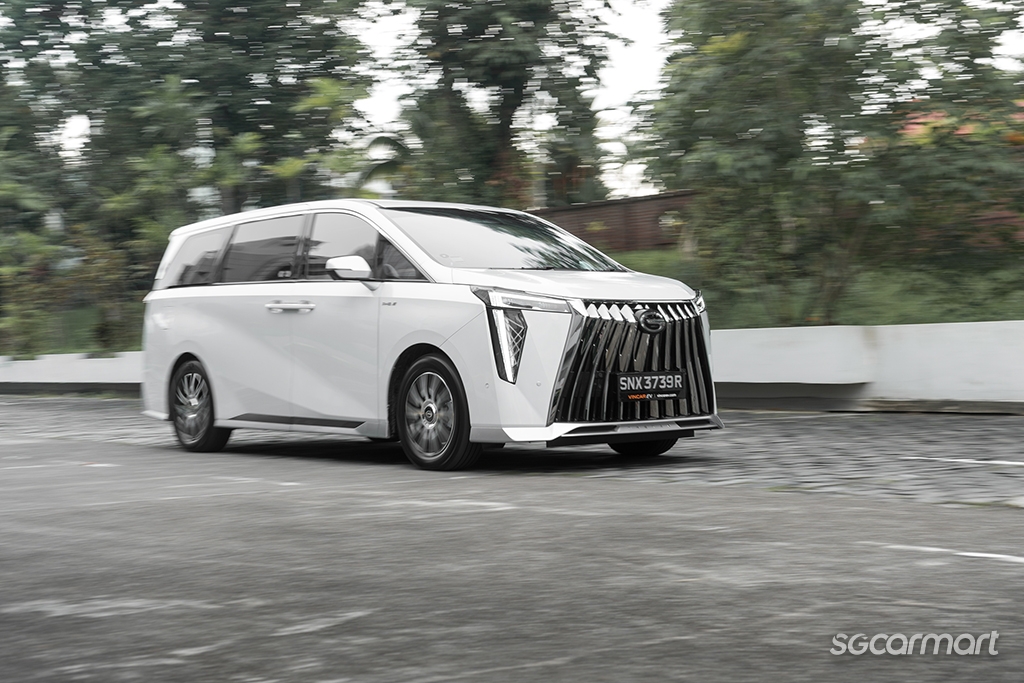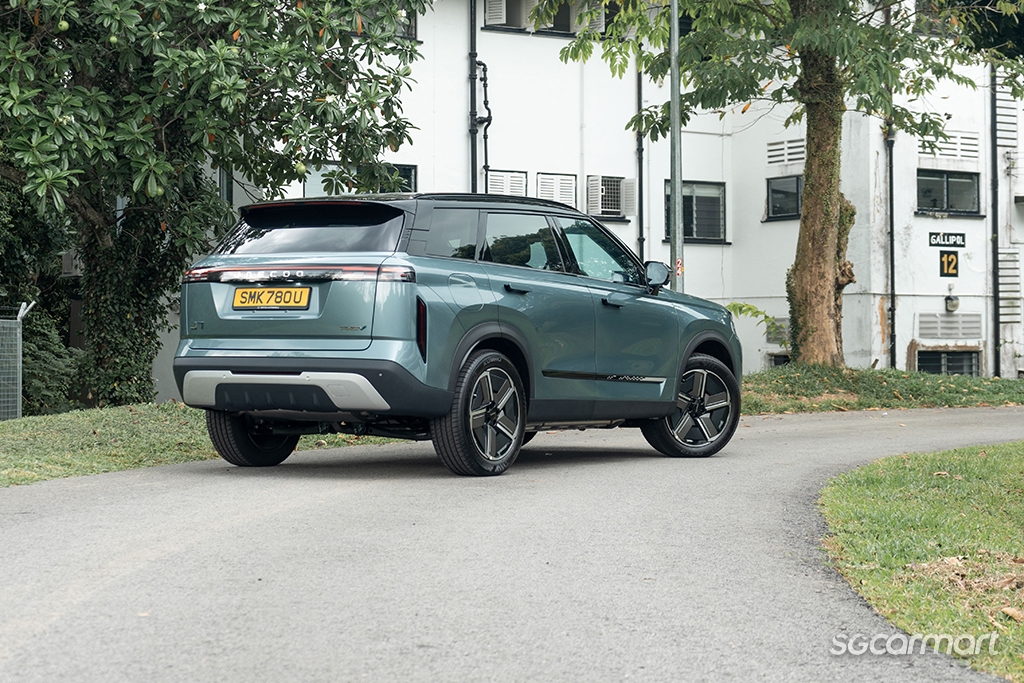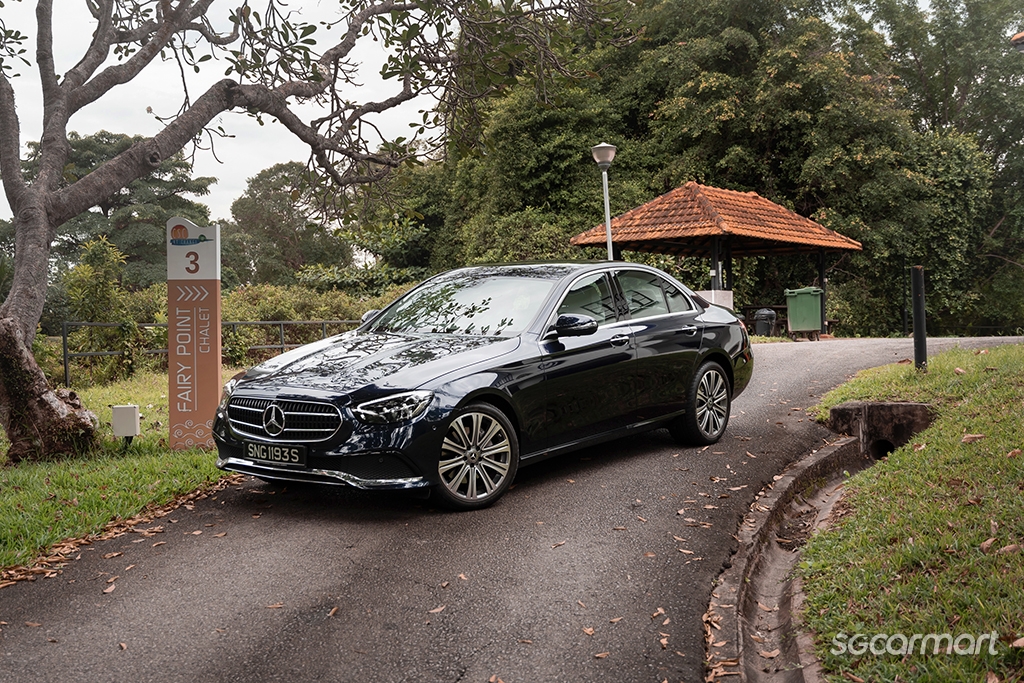The rise of PHEVs: A closer look at the numbers
05 Aug 2025|3,447 views
BYD's onslaught of new models to the Singapore market looks like it’s not slowing down (the Atto 2 is the next car to be launched), but the recent Sealion 6 is making waves for being the first non-fully electric model that the brand is bringing in. That it's a plug-in hybrid (PHEV) is perhaps an additional layer of head-scratching for Singapore customers.
Up until recently, PHEVs have largely been a quite niche choice - limited in real-world utility, but in most cases just much more expensive than their regular internal combustion counterparts.
And yet, we're seeing the market now perhaps shifting priorities to plug-in hybrid technology, as a bridge between traditional internal combustion and full electrification. It's a trend that, perhaps like many others, is being driven by what's coming out of China.
A growing number of PHEVs models are being offered, many of which are (perhaps unsurprisingly) from Chinese brands
LTA only began classifying PHEV models separately since 2022 - termed 'Petrol-Electric (Plug-In)' - and its worth taking a closer look at the numbers.
Total new PHEV cars registered
| 2022 | 2023 | 2024 | 2025 H1 |
| 412 | 266 | 210 | 215 |
Since 2022, the total number of new PHEV cars registered has actually been falling. And in 2022, a huge part of that number is composed of a single brand - Mercedes-Benz, which alone accounted for 268 PHEV registrations (that's 65% of the total number of PHEVs registered that year). 240 of those were sedans, which we can deduce to be either E-Class or S-Class models (both were offered in PHEV variants from 2022 to 2024).
However, while the total number of PHEVs registered went down, the number of brands offering PHEV models actually increased. In 2022, 10 brands had PHEV offerings. In 2023 and 2024, that number grew to 15. This year, the number stands at 14.
But just six months of data already shows us that PHEVs are picking up steam. With 215 units already registered, PHEV registrations look set to eclipse 2022 levels. And it's worth considering that the Sealion 6 was launched in July, so BYD's expected performance hasn't even been taken into account (in H1, just 6 units were registered, likely units set aside for early internal use).
The 'why' question is both more pertinent, and also harder to definitively answer.
One of the easiest factors to look at is the notion that PHEVs have become more price-competitive, driven both by decreasing cost of key components like batteries, but also improving technology and growing economies of scale.
But, we'll leave that to a later, fuller analysis. What you need to know right now is that the numbers tell us that the perception and associated demand towards PHEVs has changed in 2025, and the new BYD Sealion 6 looks set to supercharge this trend.
BYD's onslaught of new models to the Singapore market looks like it’s not slowing down (the Atto 2 is the next car to be launched), but the recent Sealion 6 is making waves for being the first non-fully electric model that the brand is bringing in. That it's a plug-in hybrid (PHEV) is perhaps an additional layer of head-scratching for Singapore customers.
Up until recently, PHEVs have largely been a quite niche choice - limited in real-world utility, but in most cases just much more expensive than their regular internal combustion counterparts.
And yet, we're seeing the market now perhaps shifting priorities to plug-in hybrid technology, as a bridge between traditional internal combustion and full electrification. It's a trend that, perhaps like many others, is being driven by what's coming out of China.
A growing number of PHEVs models are being offered, many of which are (perhaps unsurprisingly) from Chinese brands
LTA only began classifying PHEV models separately since 2022 - termed 'Petrol-Electric (Plug-In)' - and its worth taking a closer look at the numbers.
Total new PHEV cars registered
| 2022 | 2023 | 2024 | 2025 H1 |
| 412 | 266 | 210 | 215 |
Since 2022, the total number of new PHEV cars registered has actually been falling. And in 2022, a huge part of that number is composed of a single brand - Mercedes-Benz, which alone accounted for 268 PHEV registrations (that's 65% of the total number of PHEVs registered that year). 240 of those were sedans, which we can deduce to be either E-Class or S-Class models (both were offered in PHEV variants from 2022 to 2024).
However, while the total number of PHEVs registered went down, the number of brands offering PHEV models actually increased. In 2022, 10 brands had PHEV offerings. In 2023 and 2024, that number grew to 15. This year, the number stands at 14.
But just six months of data already shows us that PHEVs are picking up steam. With 215 units already registered, PHEV registrations look set to eclipse 2022 levels. And it's worth considering that the Sealion 6 was launched in July, so BYD's expected performance hasn't even been taken into account (in H1, just 6 units were registered, likely units set aside for early internal use).
The 'why' question is both more pertinent, and also harder to definitively answer.
One of the easiest factors to look at is the notion that PHEVs have become more price-competitive, driven both by decreasing cost of key components like batteries, but also improving technology and growing economies of scale.
But, we'll leave that to a later, fuller analysis. What you need to know right now is that the numbers tell us that the perception and associated demand towards PHEVs has changed in 2025, and the new BYD Sealion 6 looks set to supercharge this trend.
Thank You For Your Subscription.























